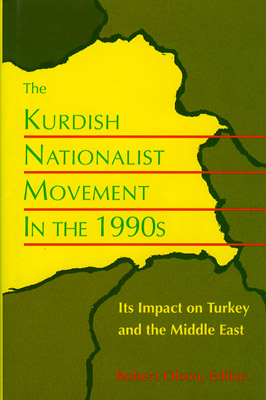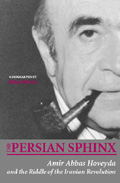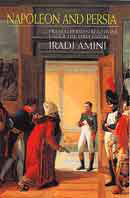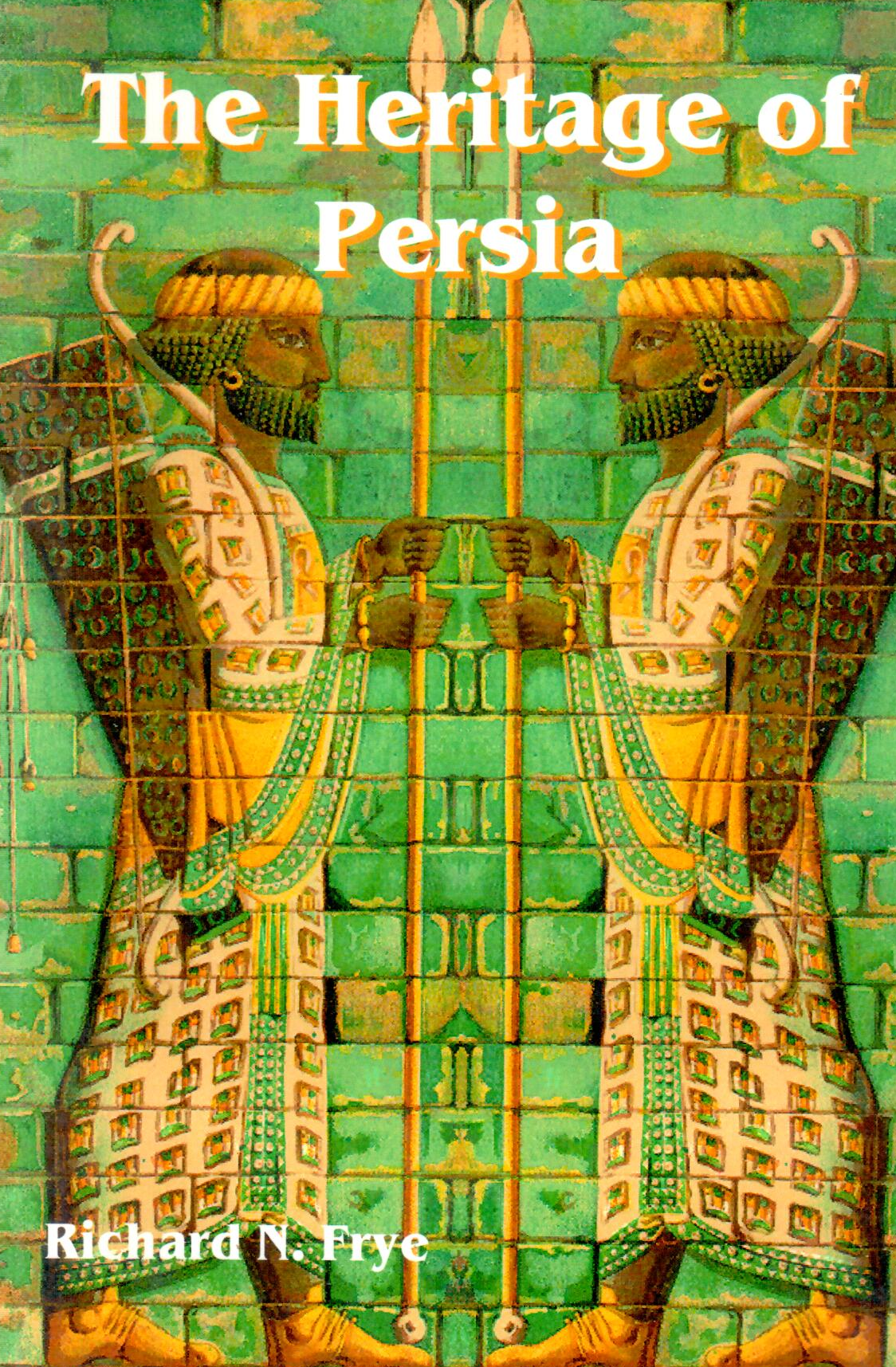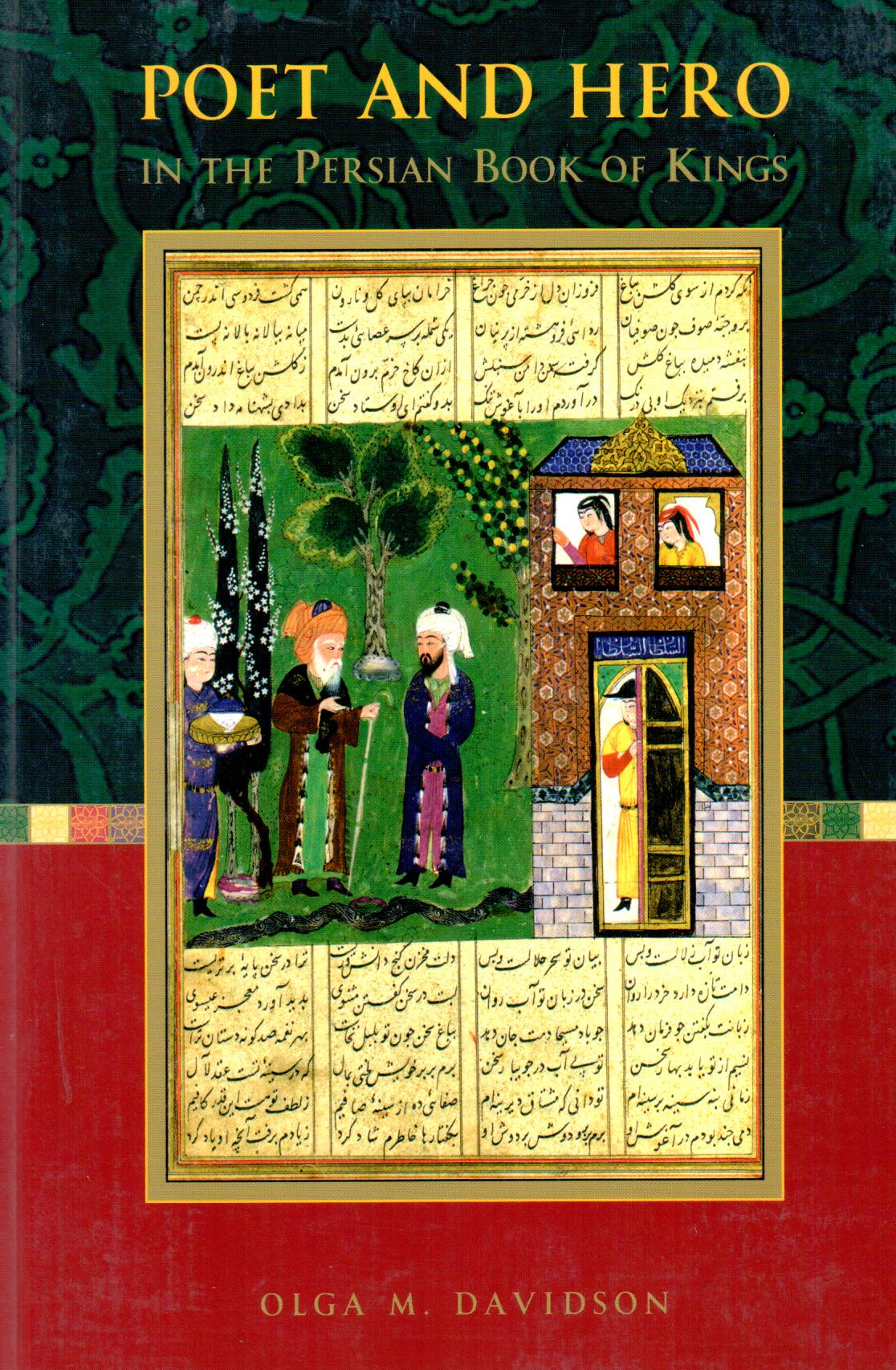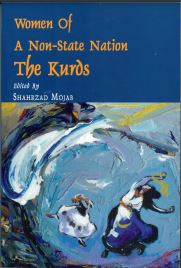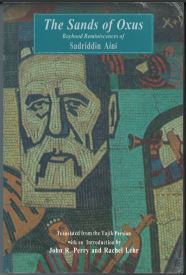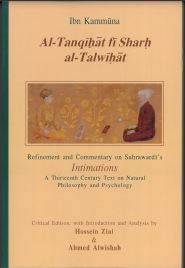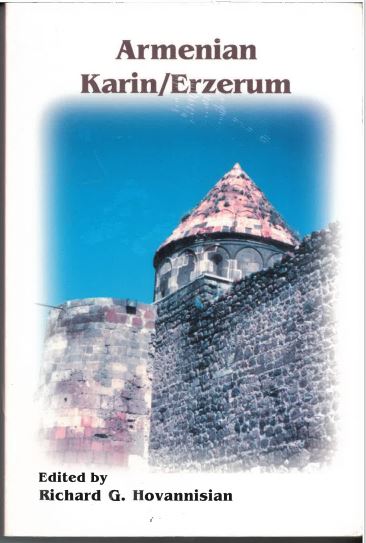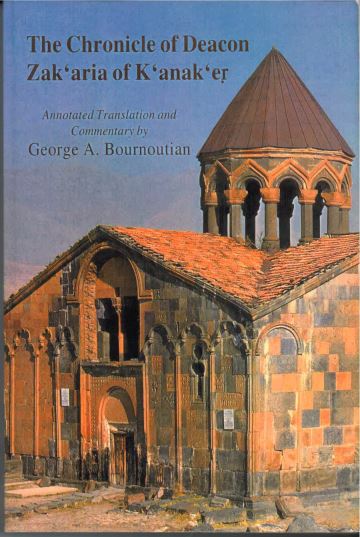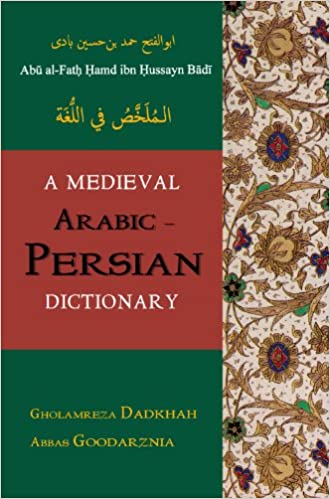Kurdish Nationalist Movement in the 1990s الإنجليزية 1437
Kurdish Nationalist Movement in the 1990s
33٫73 $
مشاركة
Wishlist
ISBN رقم:
9781568592565
الناشر:
Mazda Publishers
الفئة العمرية:
البالغون
الصفحات:
208
الوزن:
380 g
أبعاد المنتج:
15 x 23 x 1٫46 cm
غلاف الكتاب:
غلاف ورقی
The Kurds are the fourth largely ethnic group in the Middle East, numbering between 32-35 million. The vast majority of them live in contiguous regions of Turkey, Iraq, Iran and Syria, yet they do not have a country of their own. Formal attempts to establish such a state, or states, were crushed by the larger and more powerful countries in the region both after World War I and World War II. But the Iran-Iraq war (1980-1988), the collapse of the Soviet Union ( 1991), the end of the cold war and the U.S. invasion of Iraq in 1991 and 2003 have resulted in reinvigorating Kurdish nationalist movements across the Middle East.
These movements are now exploding power kegs. With the majority of Kurds living within its borders, no country faces this threat more squarely than Turkey. Turkey’s concept of a unified, cohesive state—in which the existence of ethnic minorities are only grudgingly acknowledged—creates tensions that makes it difficult to negotiate a peace process that is mutually agreed upon, such as occurred among the Kurds and Arabs in Iraq.
more
The Kurds are the fourth largely ethnic group in the Middle East, numbering between 32-35 million. The vast majority of them live in contiguous regions of Turkey, Iraq, Iran and Syria, yet they do not have a country of their own. Formal attempts to establish such a state, or states, were crushed by the larger and more powerful countries in the region both after World War I and World War II. But the Iran-Iraq war (1980-1988), the collapse of the Soviet Union ( 1991), the end of the cold war and the U.S. invasion of Iraq in 1991 and 2003 have resulted in reinvigorating Kurdish nationalist movements across the Middle East.
These movements are now exploding power kegs. With the majority of Kurds living within its borders, no country faces this threat more squarely than Turkey. Turkey’s concept of a unified, cohesive state—in which the existence of ethnic minorities are only grudgingly acknowledged—creates tensions that makes it difficult to negotiate a peace process that is mutually agreed upon, such as occurred among the Kurds and Arabs in Iraq.
more

